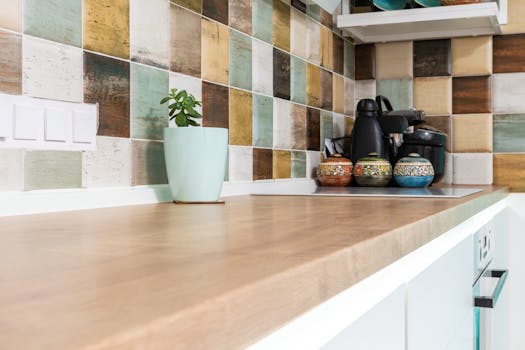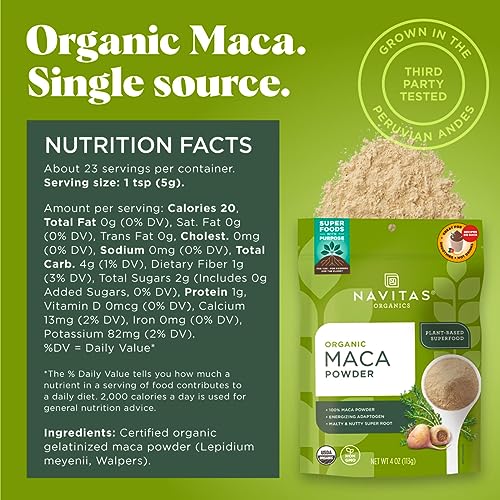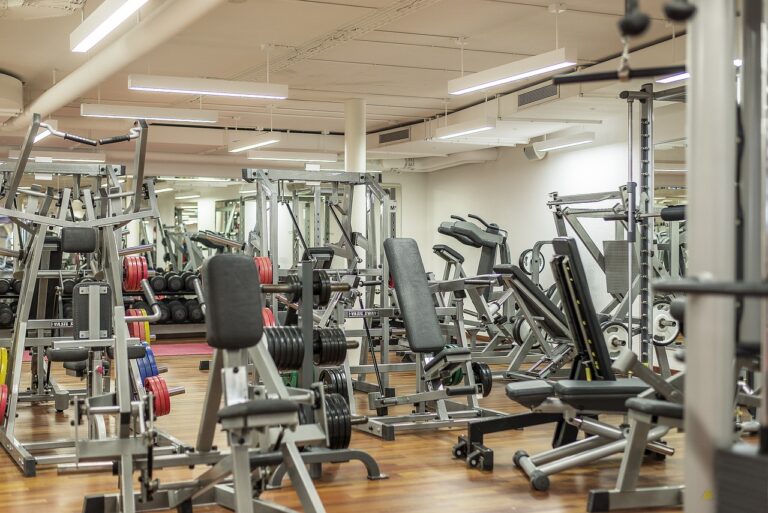Key Factors to Consider When Choosing Cookware
Choosing cookware isn’t just about aesthetics; it’s a health decision. I prioritize non-toxic materials that won’t leach chemicals into my food. Stainless steel and cast iron are my go-tos. They’re durable and safe.
Many people rave about non-stick options. But I think they can be a trap. The risks of PFAS and PTFE are too high. I’d rather deal with a little sticking than potential health issues.
Heat retention is another biggie. Good cookware distributes heat evenly, which is key for cooking. Cast iron is fantastic for this, but it needs proper care.
Then there’s the eco-factor. Sustainable cookware is becoming more available. I love brands that focus on eco-friendly materials. It feels good to know I’m making a greener choice.
Don’t forget maintenance! Proper care extends the life of your cookware. Learning how to season cast iron or clean stainless steel can save money in the long run.
So, think about what you truly need. Investing in quality cookware pays off. It makes cooking more enjoyable and safer.
According to Nest Wellness, “Choosing cookware that promotes safe cooking practices can help protect yourself and your loved ones from potential health risks associated with certain materials.” See more here.
And don’t overlook the benefits of sustainable cookware. It’s time to align our cooking habits with our values. Eco-friendly options are out there!
Common Mistakes to Avoid When Buying Cookware
Here are some common pitfalls that many people encounter when selecting cookware. Avoiding these mistakes can lead to better choices for your kitchen.
- . Many folks think all non-stick pans are safe. I believe some can leach harmful chemicals, so choose wisely.
- . A lot of people overlook heat retention. I swear by cast iron for even cooking and great heat control.
- . Some think price equals quality. I think investing in durable cookware pays off in the long run.
- . Many assume all cookware is dishwasher safe. I find that hand washing prolongs the life of my pots and pans.
- . Some ignore maintenance requirements. I think learning how to season cast iron is essential for longevity.
- . Many don’t consider the environmental impact. I prefer eco-friendly cookware to reduce my carbon footprint.
- . Some people forget about versatility. I think having a range of materials allows for diverse cooking techniques.
- . Many assume all brands are equal. I believe researching brands like Caraway can lead to safer, healthier choices.
Top Recommended Cookware Brands
Here are some awesome cookware brands that stand out in the kitchen world. Each offers unique benefits that cater to different cooking styles and preferences.
- Caraway is all about safe, non-toxic cookware. Their ceramic-coated options are free from harmful chemicals like PFOA and PTFE.
- Le Creuset is iconic for its cast iron. It not only retains heat well but also adds a splash of color to your kitchen.
- All-Clad is a top choice for stainless steel lovers. Their cookware offers excellent heat distribution and durability.
- GreenPan specializes in eco-friendly ceramic cookware. It’s a great alternative for those looking to avoid traditional non-stick surfaces.
- T-fal is known for budget-friendly non-stick options. They offer decent quality without breaking the bank.
How to Care for Your Cookware Set
Taking care of your cookware is a game changer. Proper maintenance extends the life of your pots and pans. Clean them gently after each use. Avoid harsh scrubbing pads that can scratch surfaces.
For cast iron, seasoning is key. Apply a thin layer of oil after cleaning to keep it non-stick. This simple step prevents rust and enhances flavor.
Stainless steel needs a little TLC too. Soak stubborn stains in warm, soapy water. This helps lift residues without damaging the finish.
Many believe that non-stick cookware is easy to maintain, but I think it’s more about how you treat it. Avoid high heat and metal utensils. These can ruin the coating, leading to a shorter lifespan.
Lastly, store your cookware wisely. Use protective liners to prevent scratches. This keeps your cookware looking new and ready for action.
For more tips, check out Nest Wellness. They emphasize the importance of safe cooking practices.
According to Caraway Home, a well-maintained cookware set is essential for a healthy kitchen.
Importance of Non-Toxic and Healthy Cookware
Choosing non-toxic cookware is crucial for health-conscious cooking. Here are some key points to consider:
- Non-toxic materials are a must! They prevent harmful chemicals from leaching into your food.
- Heat retention matters. Good cookware distributes heat evenly for better cooking results.
- Invest in quality! It enhances your cooking experience and lasts longer.
- Eco-friendly options are available. Sustainable cookware minimizes environmental impact and promotes a healthier planet.
- Maintenance is key. Proper care extends the life of your cookware and keeps it performing well.
Pros and Cons of Different Cookware Materials
Choosing cookware is a big deal! Different materials come with their own perks and pitfalls. For instance, stainless steel is super durable and doesn’t leach chemicals. But, it can be tricky to manage heat.
Cast iron? It’s a classic! It retains heat like a champ and can add iron to your food. The downside? It’s heavy and needs some TLC to avoid rust.
Then there’s ceramic. It’s non-toxic and looks great. But, some ceramic coatings can chip easily. You want something that lasts!
Most people rave about non-stick options, but many use PTFE coatings. I think this is risky because of the health concerns. Why not try titanium-coated cookware instead? It’s non-stick without the harmful chemicals.
Finally, eco-friendly cookware is gaining traction. It’s made from recyclable materials and minimizes environmental impact. This is a win-win for your kitchen and the planet!
For more insights, check out Nest Wellness and Caraway Home.
Heat Retention and Distribution: Why It Matters
Understanding heat retention and distribution is key to choosing the right cookware. Here are some insights into why these factors are crucial for your kitchen.
- Good heat retention means even cooking. It prevents hot spots that can burn your food.
- Cast iron excels at heat retention. It’s perfect for slow cooking and searing meats.
- Stainless steel offers excellent heat distribution. This ensures your dishes cook uniformly without getting stuck.
- Many believe non-stick pans are the best for heat control. But I think their performance can degrade over time.
- I prefer using cookware that retains heat well. It makes a noticeable difference in my cooking results.
- Investing in quality cookware pays off. It enhances flavor and texture in your meals.
Sustainable and Eco-Friendly Cookware Options
Most people think that any cookware will do as long as it’s functional. I believe that choosing sustainable cookware is a game changer for both our health and the planet. Eco-friendly options like recycled stainless steel or sustainably sourced wood can minimize our carbon footprint.
Many brands tout their products as sustainable, but I look for certifications. For instance, cookware made from recycled materials not only reduces waste but often performs just as well as traditional options. According to Nest Wellness, “Choosing cookware that promotes safe cooking practices can help protect yourself and your loved ones from potential health risks associated with certain materials.”
Some chefs advocate for modern materials like bamboo or silicone. These materials are lightweight, durable, and require less energy to produce. They’re also non-toxic, making them perfect for health-conscious cooks.
Incorporating eco-friendly cookware into my kitchen has been a rewarding experience. It feels good knowing I’m making choices that benefit my family and the environment. So, why not make the switch? It’s that simple!
As for new topics, let’s discuss the importance of transparency in cookware manufacturing. Consumers deserve to know where their products come from and how they’re made. This transparency can drive demand for better practices across the industry.
Understanding Cookware Safety: Avoiding Harmful Materials
Choosing safe cookware is a must. Most people think traditional non-stick pans are harmless. But I believe they can be risky due to harmful chemicals like PFAS and PTFE.
These substances can leach into your food, especially when overheated. It’s that simple! I swear by stainless steel and cast iron. They’re durable and don’t release toxins.
According to Nest Wellness, “Choosing cookware that promotes safe cooking practices can help protect yourself and your loved ones from potential health risks associated with certain materials.” This resonates with me.
Some chefs advocate for titanium-coated cookware as a safer, non-toxic alternative. I think this is a smart move, combining performance with safety. Plus, it’s more sustainable!
Let’s not forget about the environmental impact. Eco-friendly cookware options are gaining traction. They minimize harm to our planet while keeping our kitchens safe.
As we choose our cookware, we should prioritize safety. It’s not just about cooking; it’s about cooking smart.
For more insights, check out Nest Wellness and Caraway Blog.
Essential Cookware Pieces for Every Kitchen
Here’s my take on the must-have cookware pieces that every kitchen should have. These essentials will elevate your cooking game and keep things fun.
Versatility in Cooking Styles and Techniques
Here’s why choosing the right cookware can elevate your cooking game.
- Different cookware materials excel in various cooking techniques.
- Cast iron is perfect for searing and slow cooking; it retains heat like a champ.
- Stainless steel is ideal for browning and can handle high temperatures effortlessly.
- Ceramic cookware offers a non-toxic option for baking and roasting.
- Non-stick options are great for low-fat cooking, but watch out for harmful chemicals.
- Using eco-friendly cookware means you can cook with a clear conscience.










